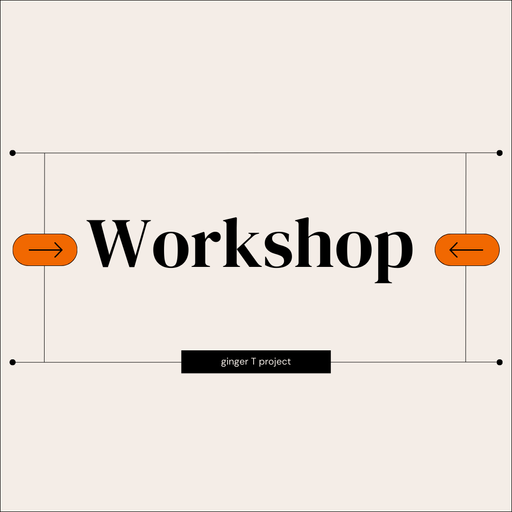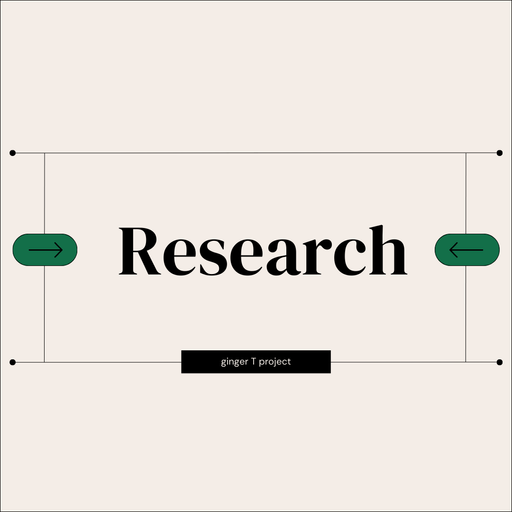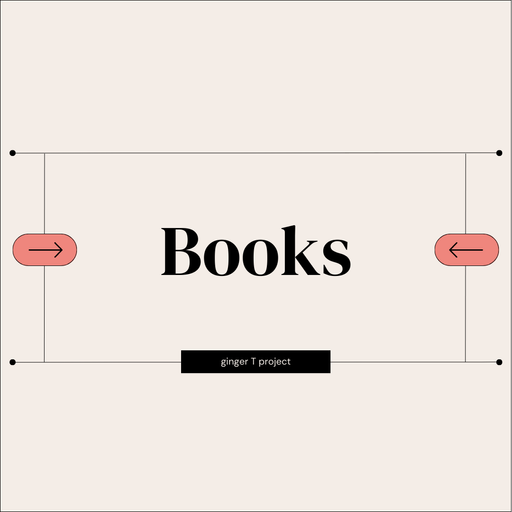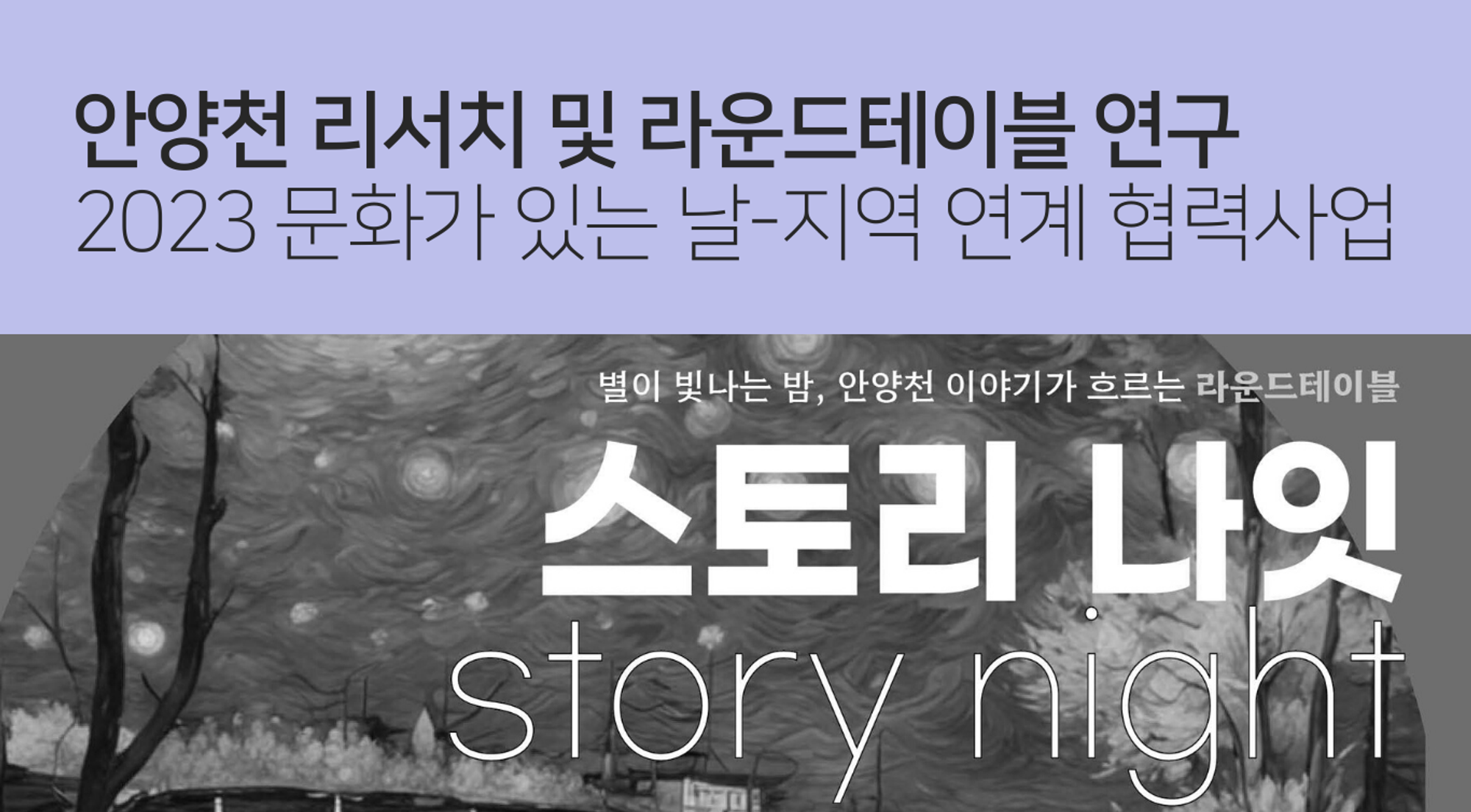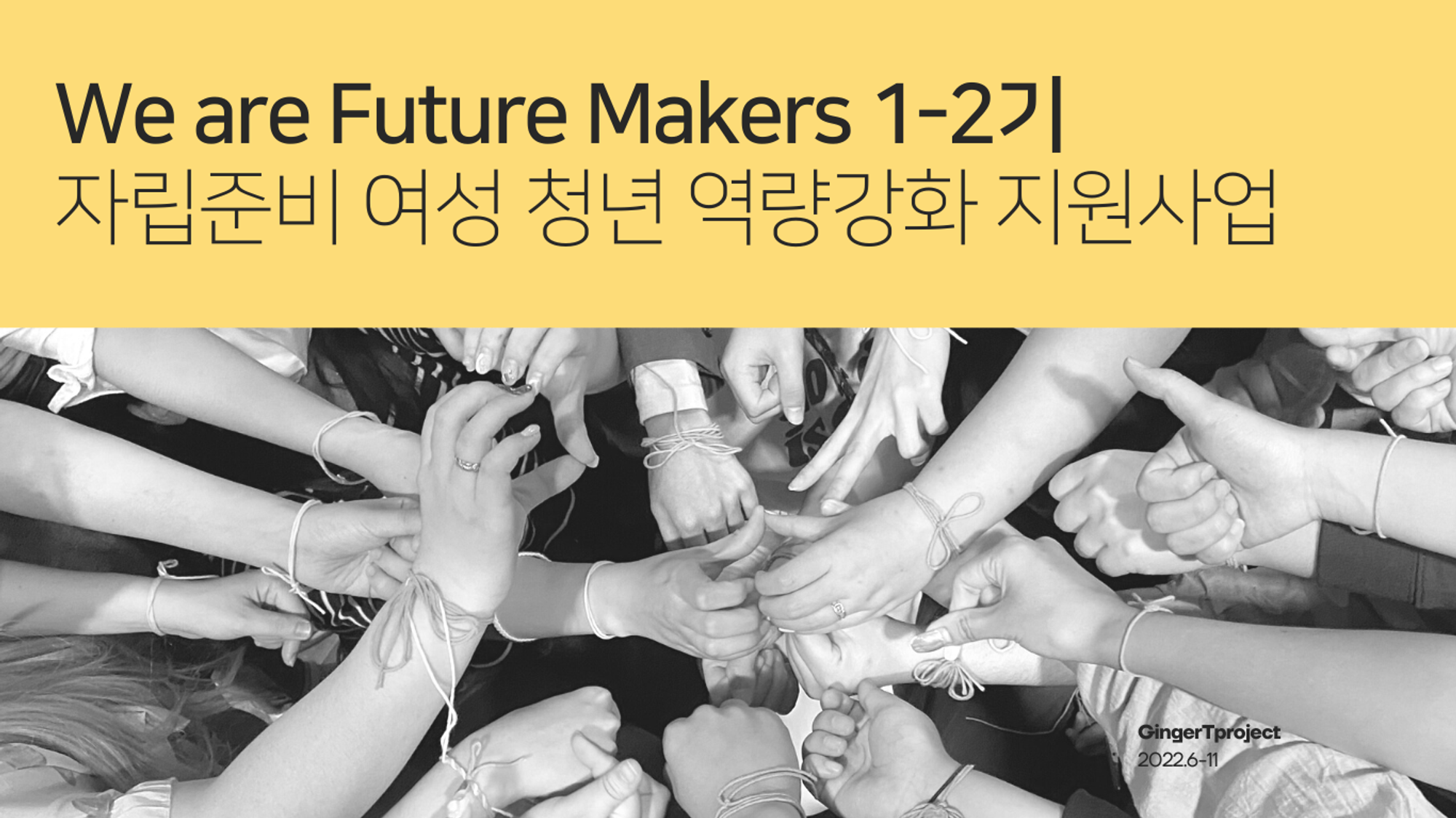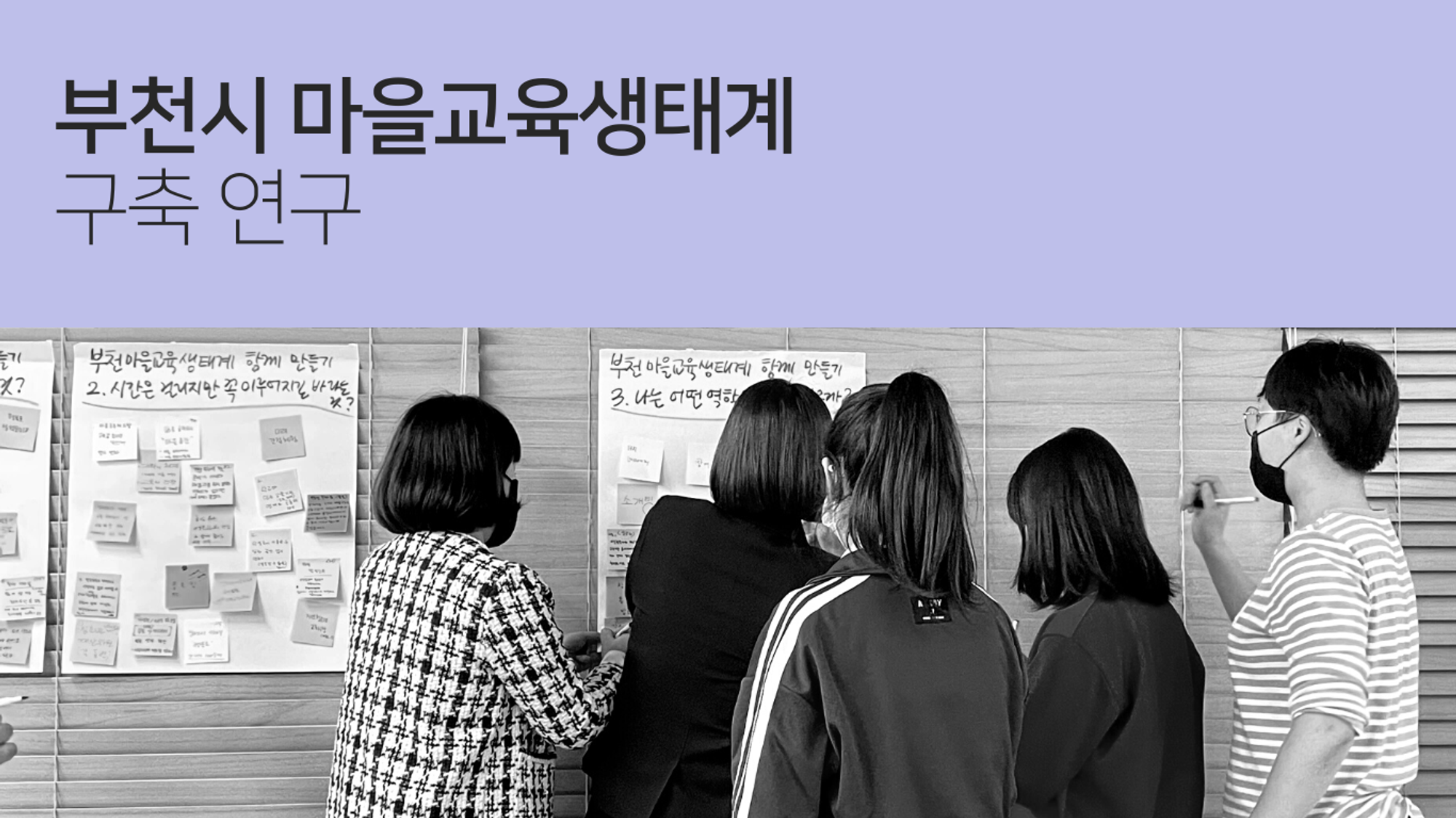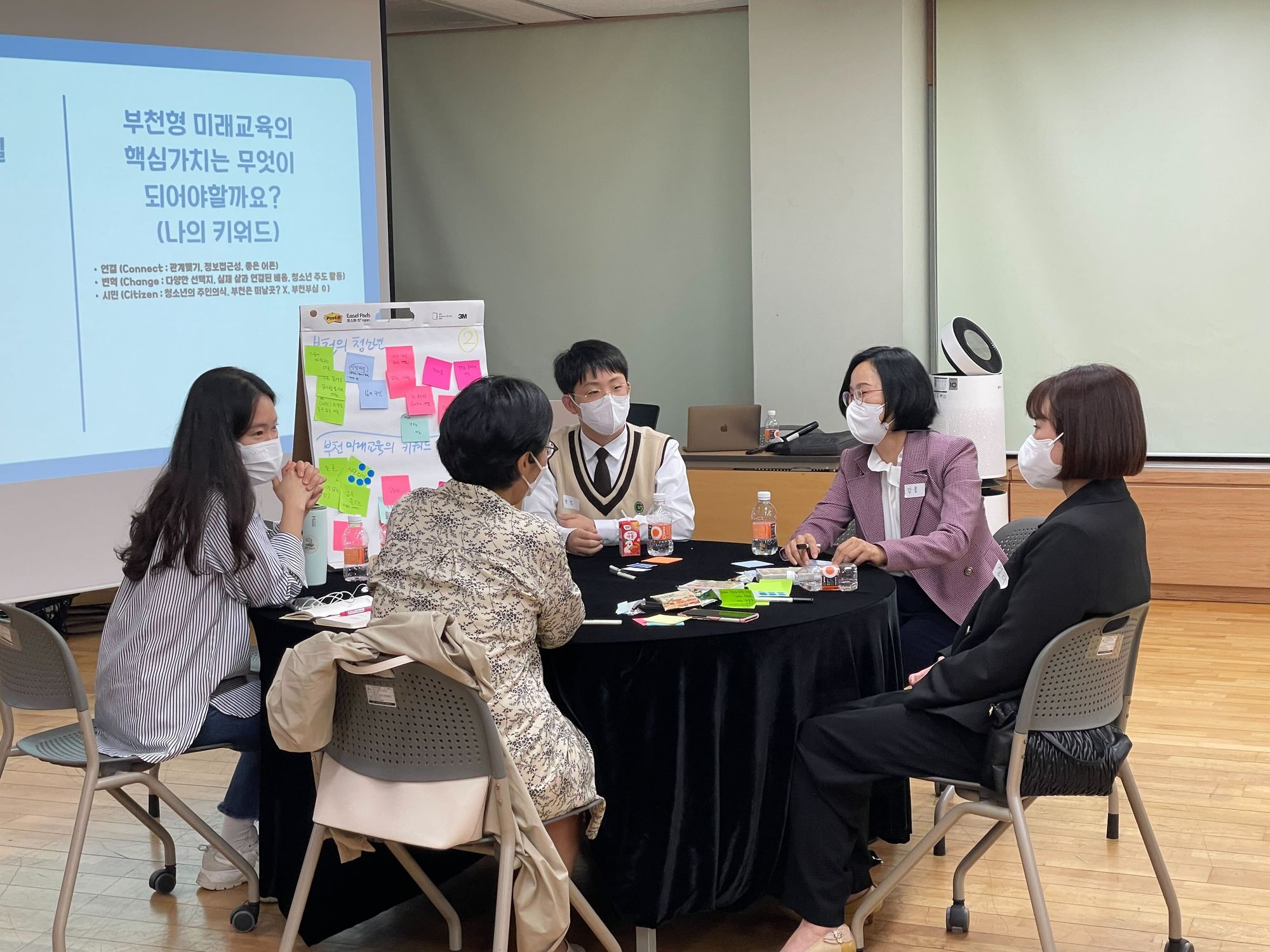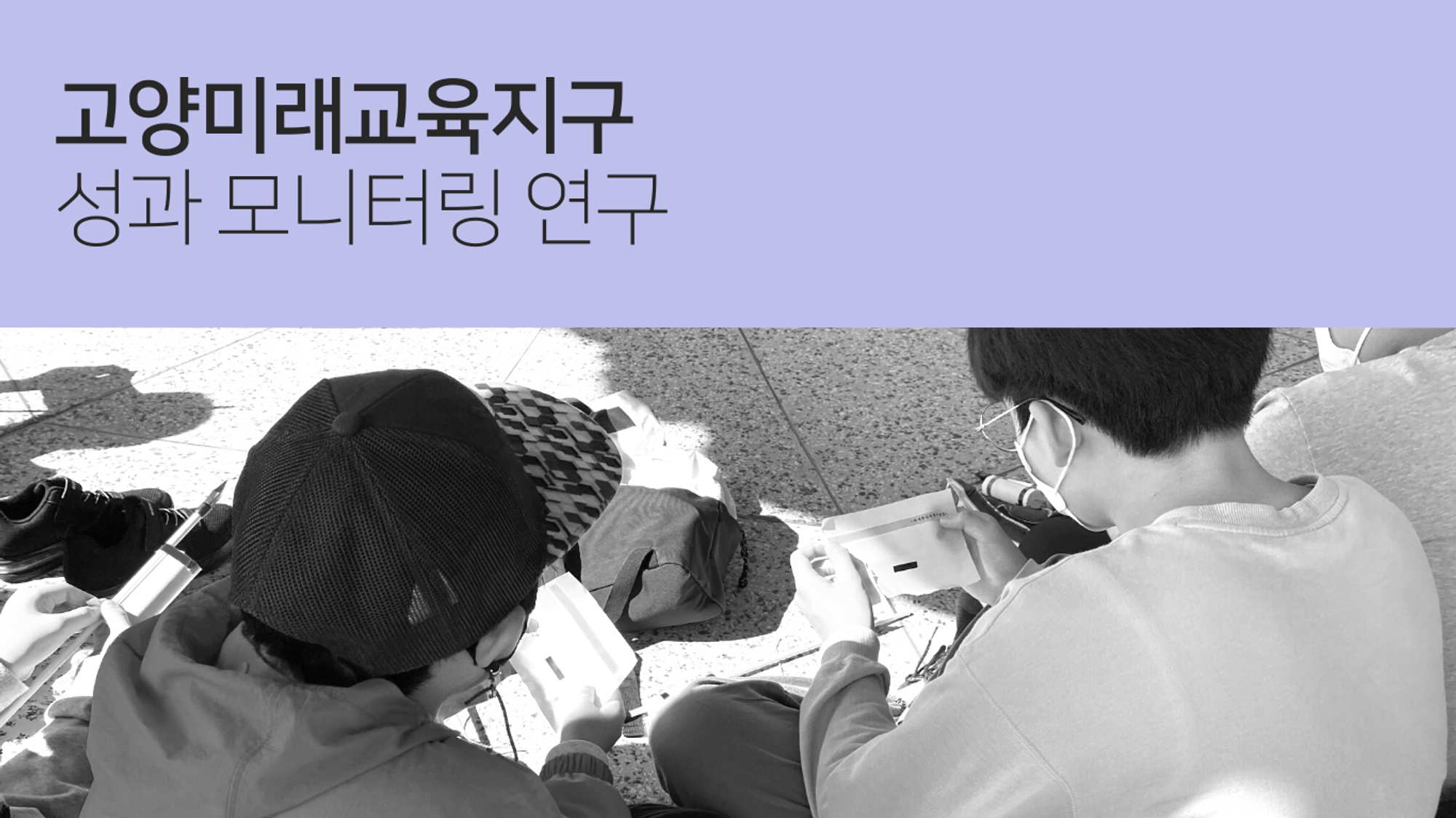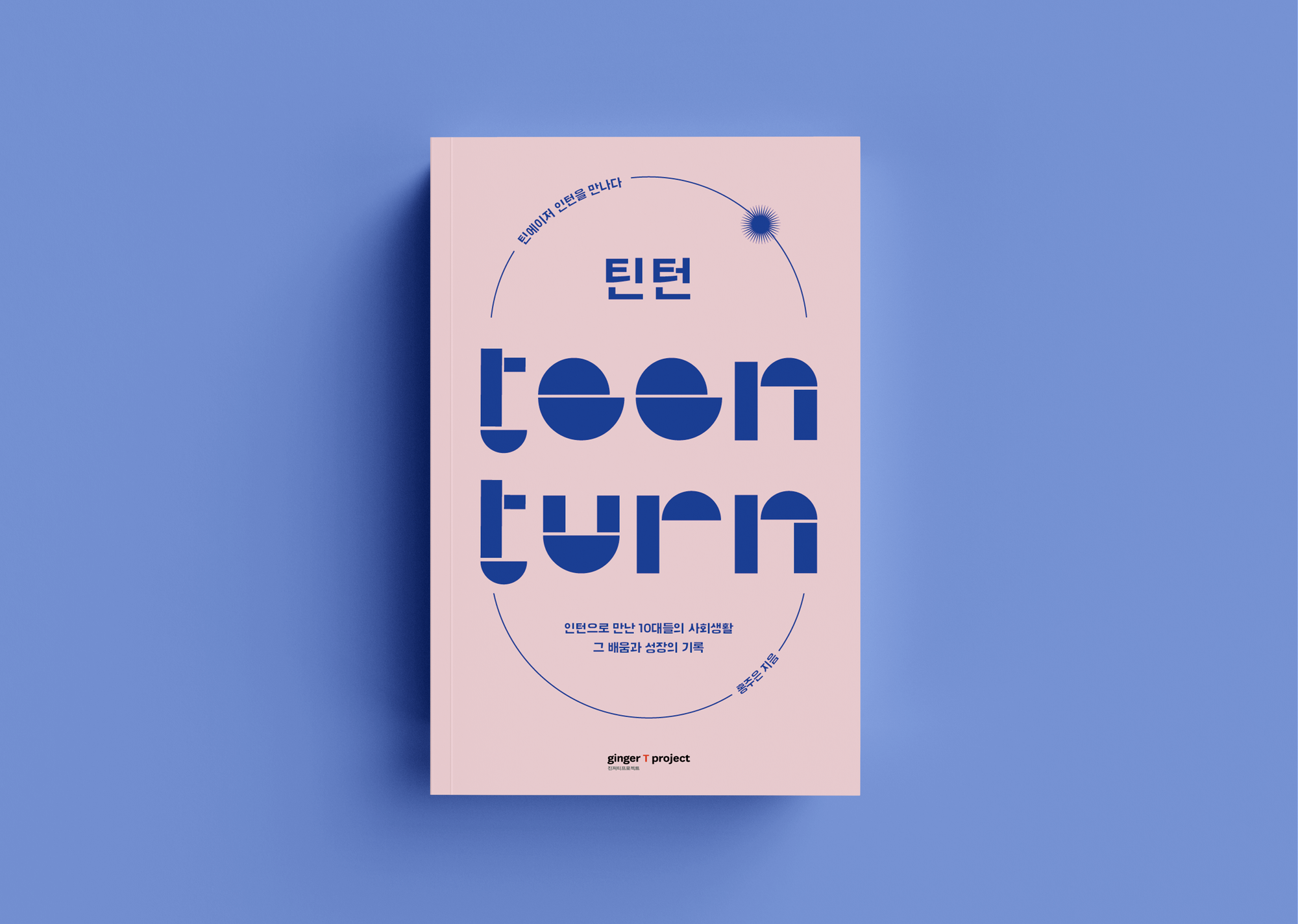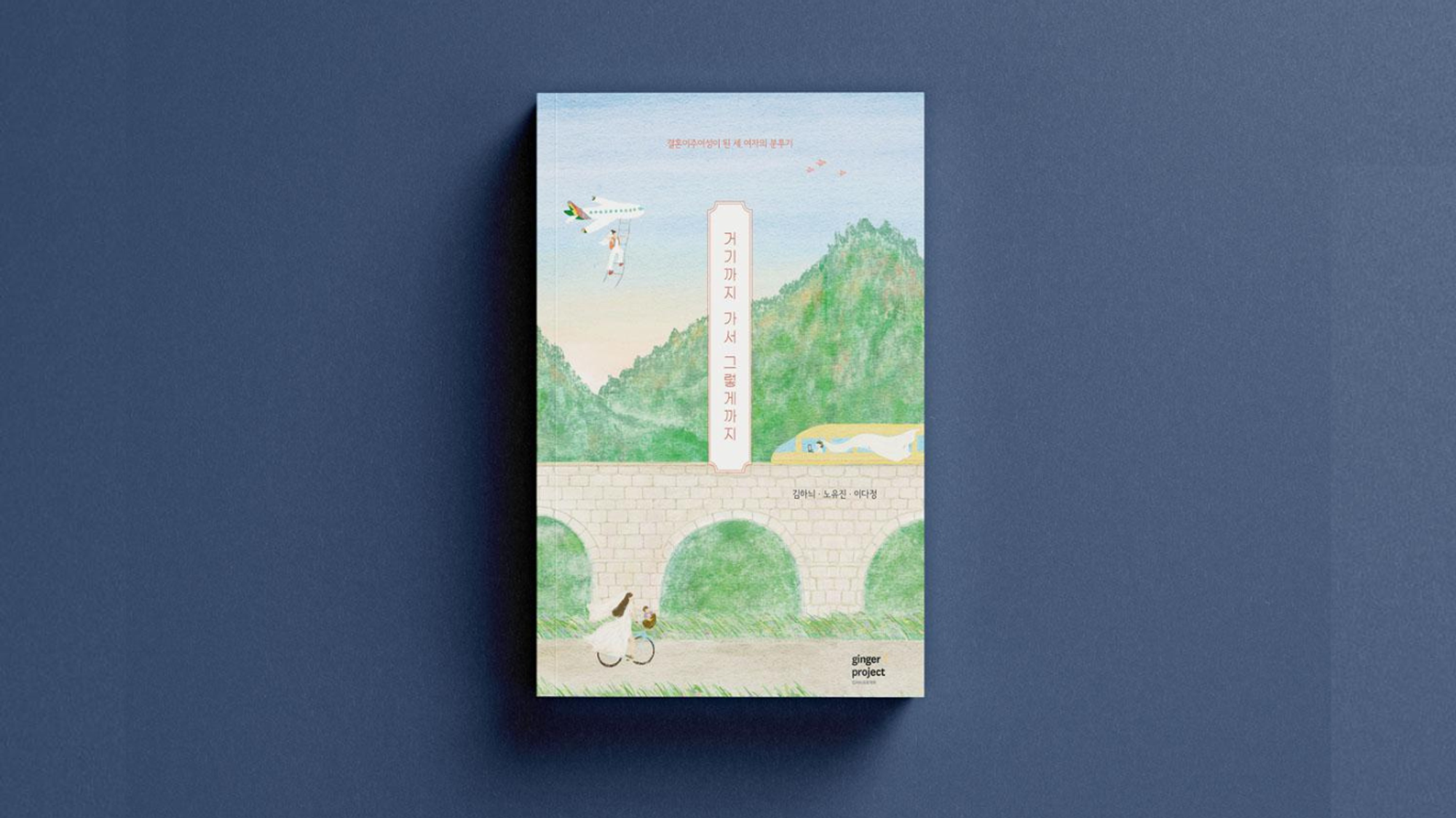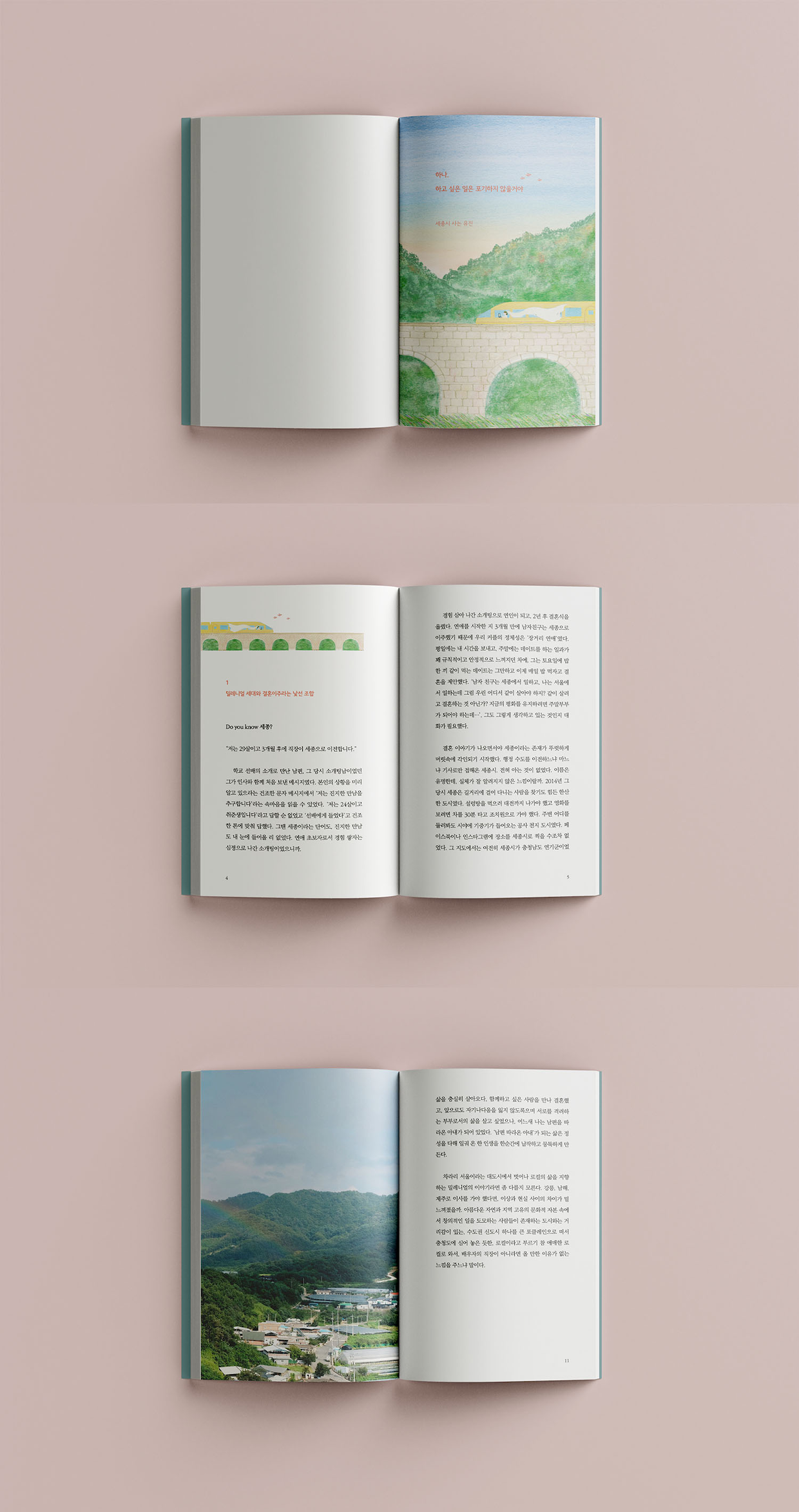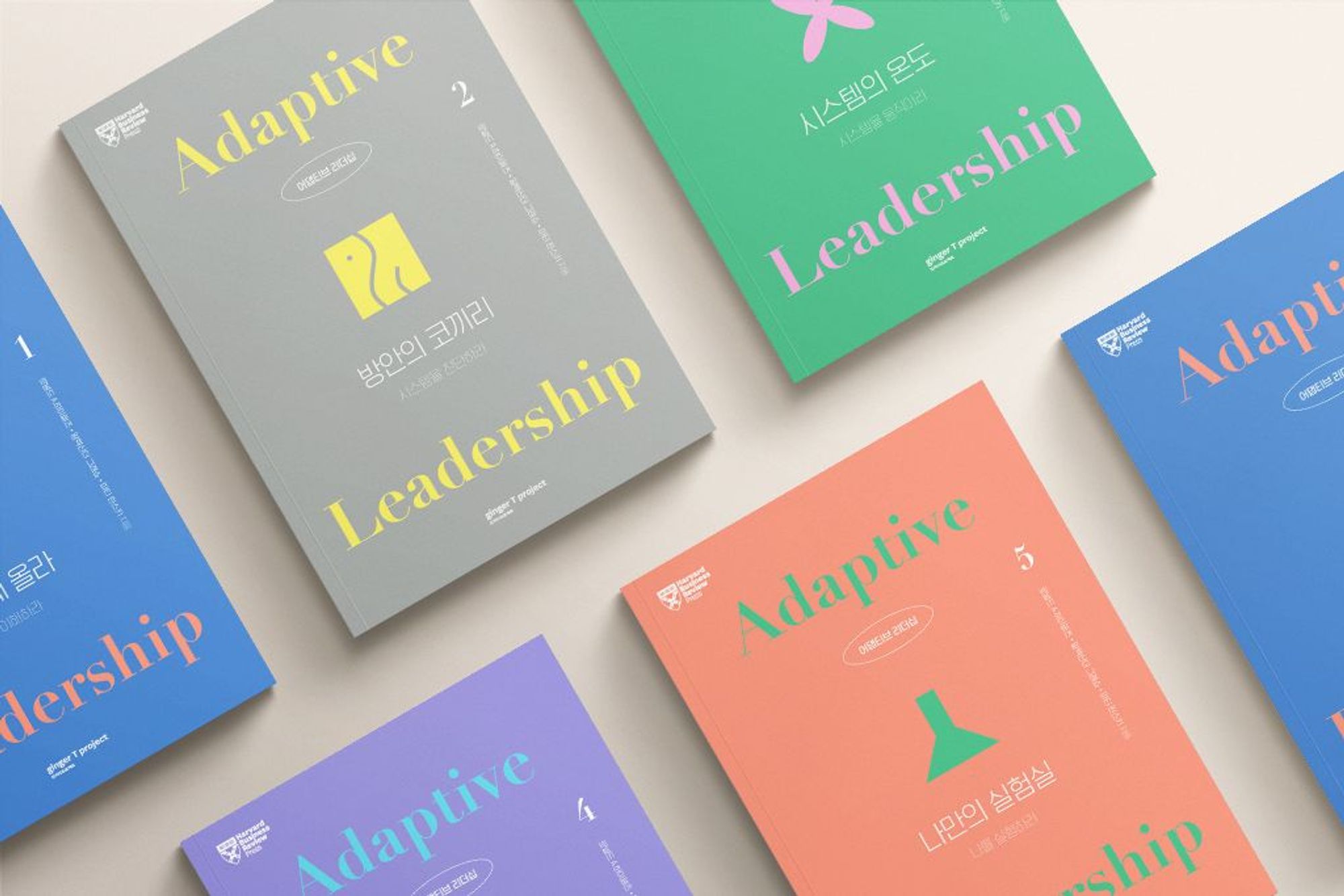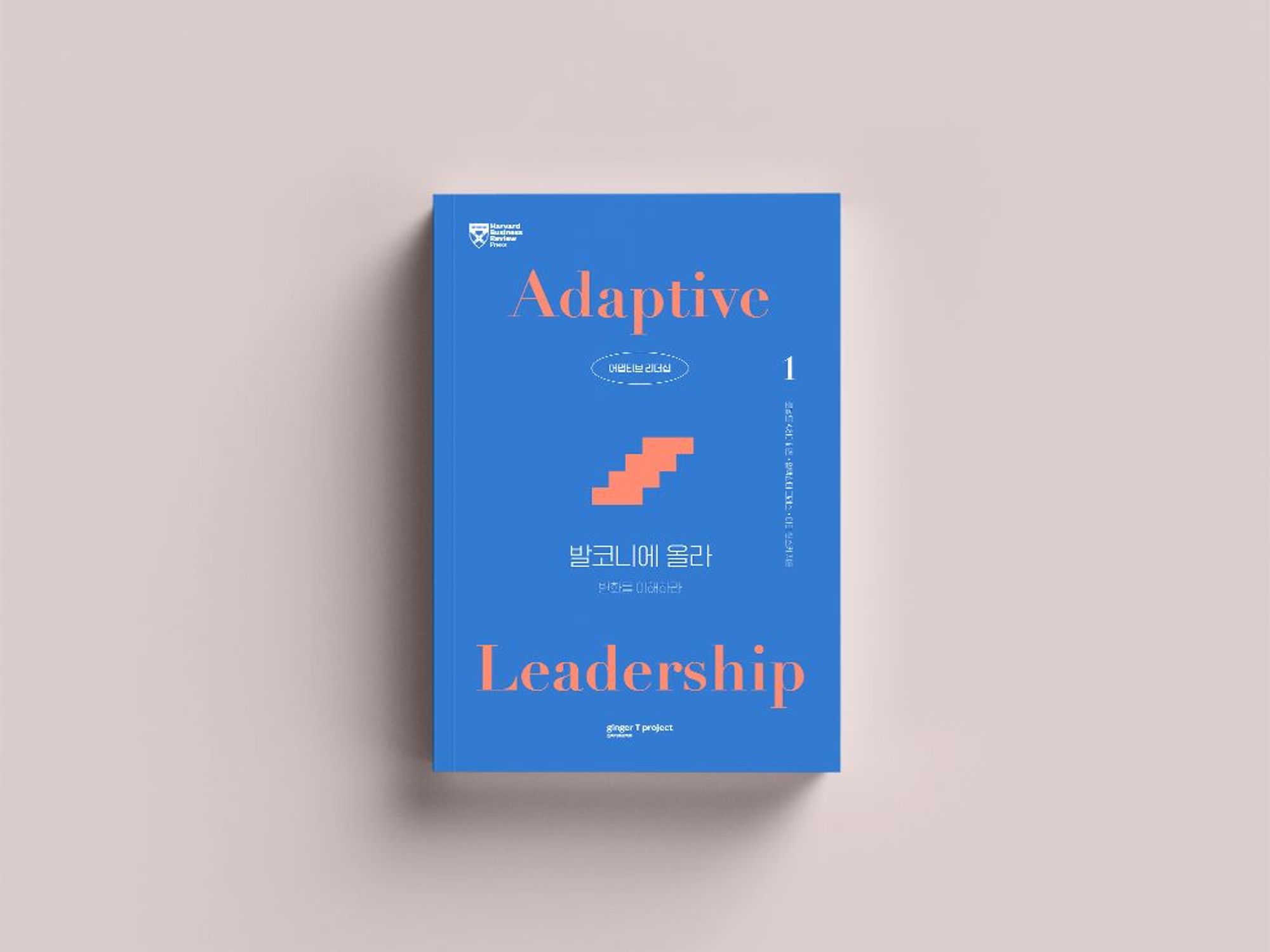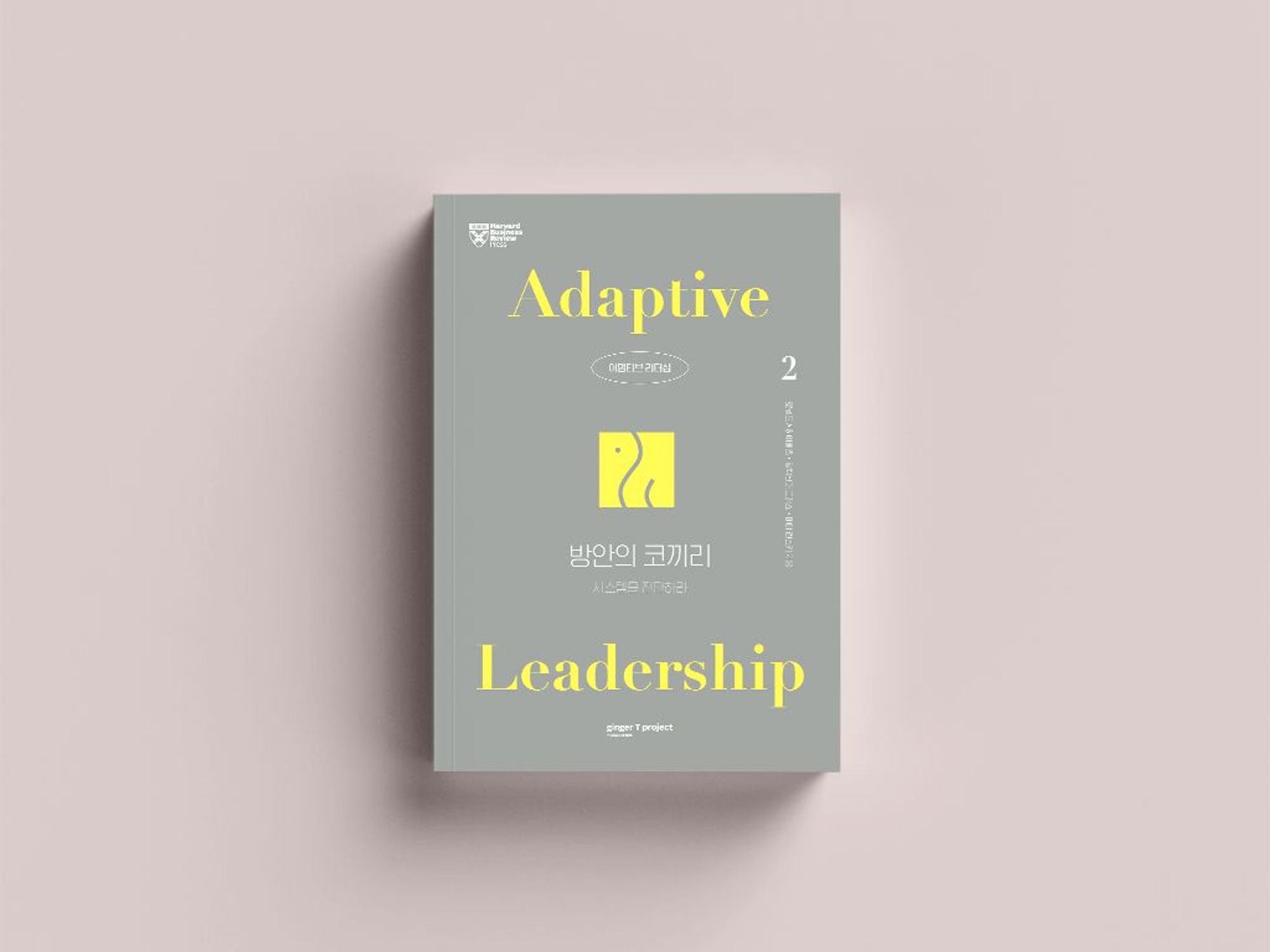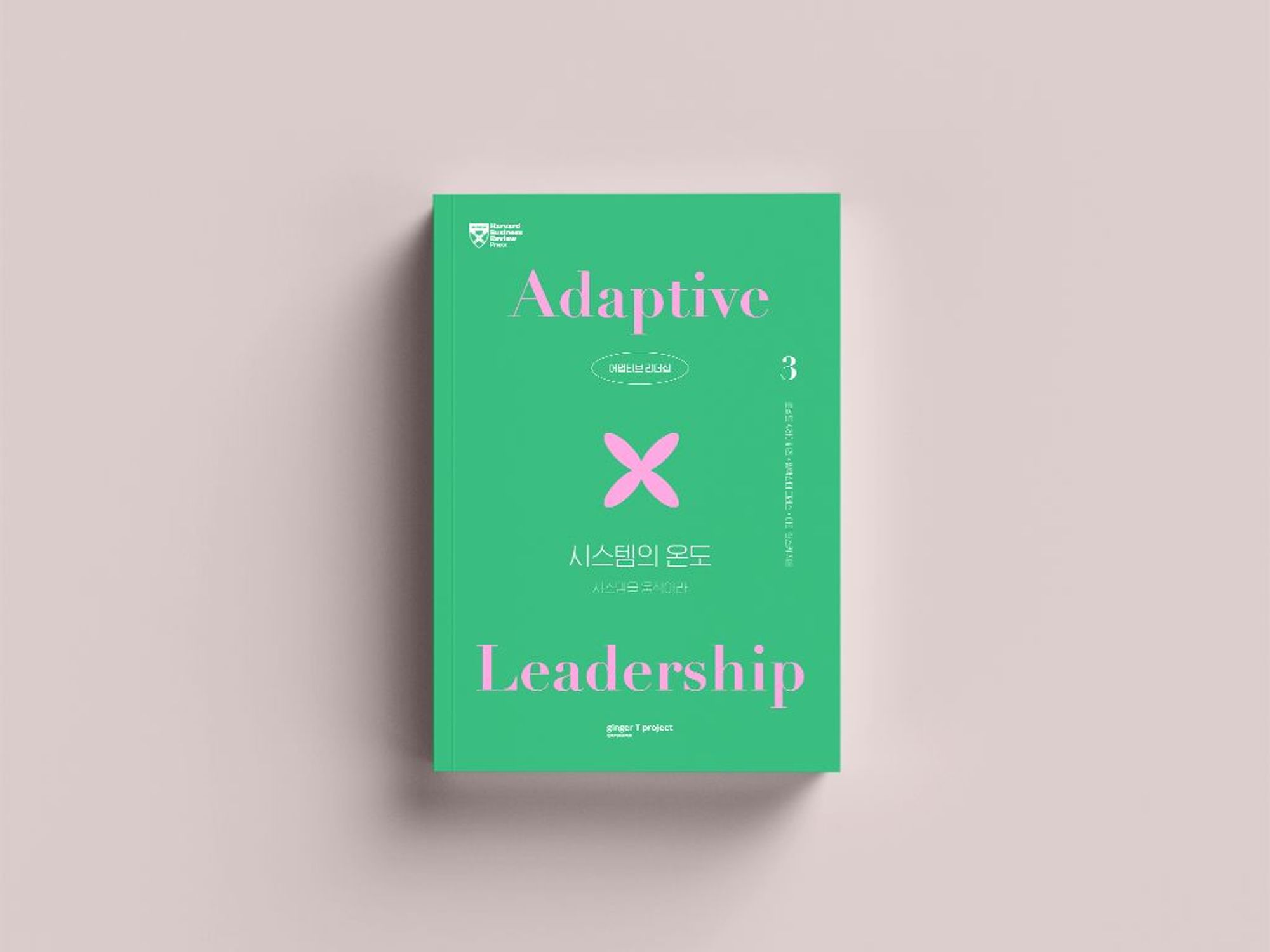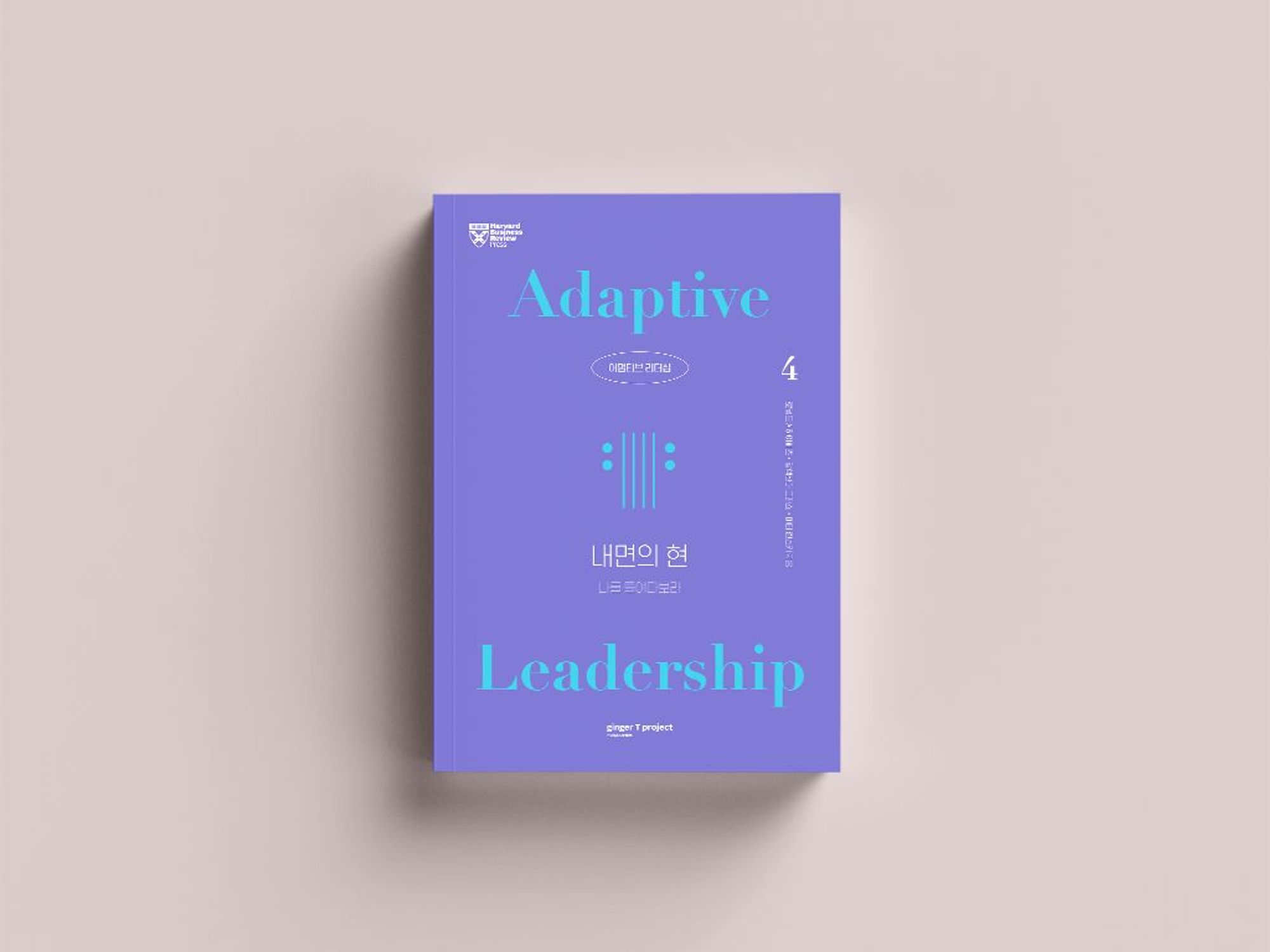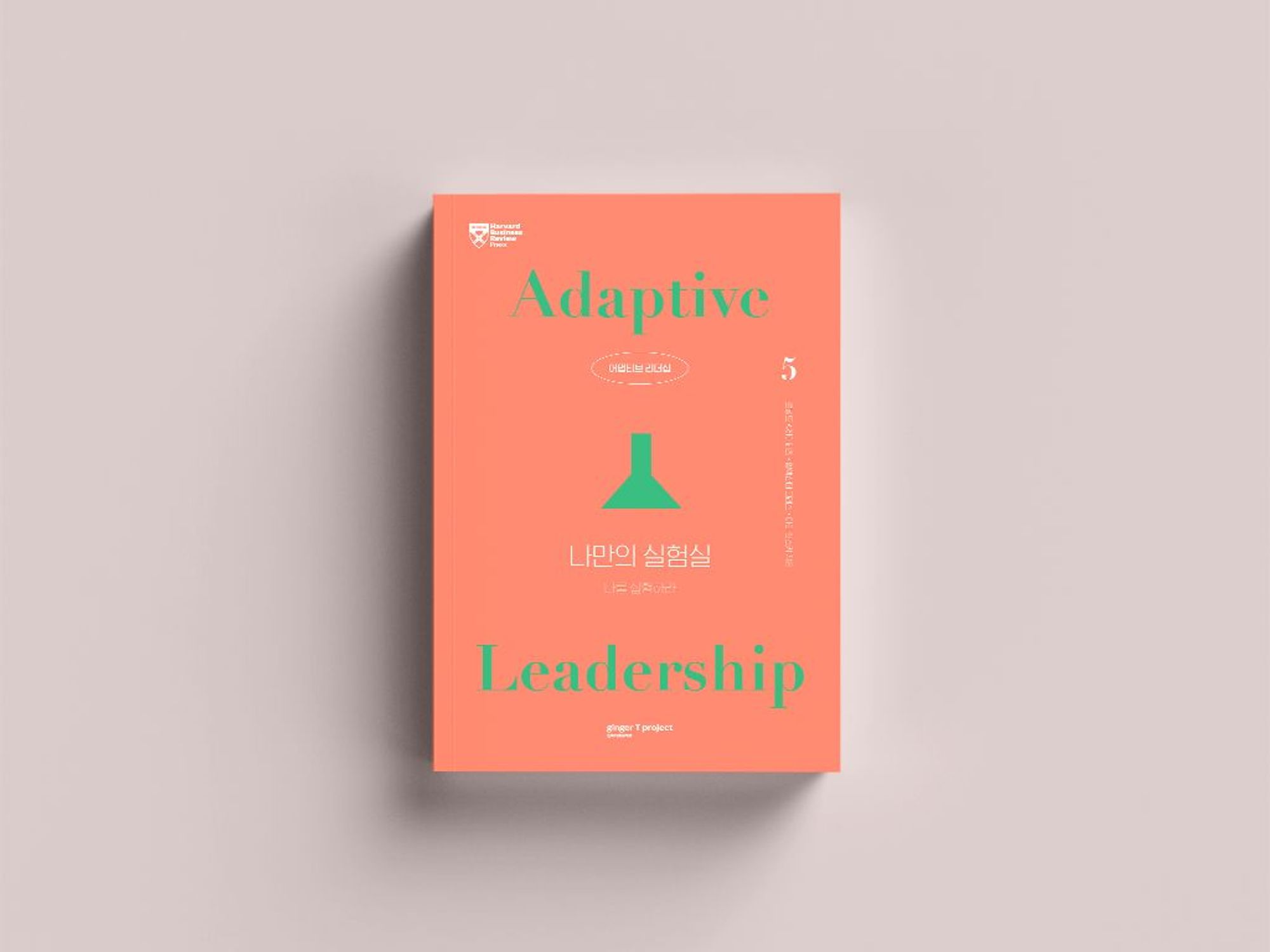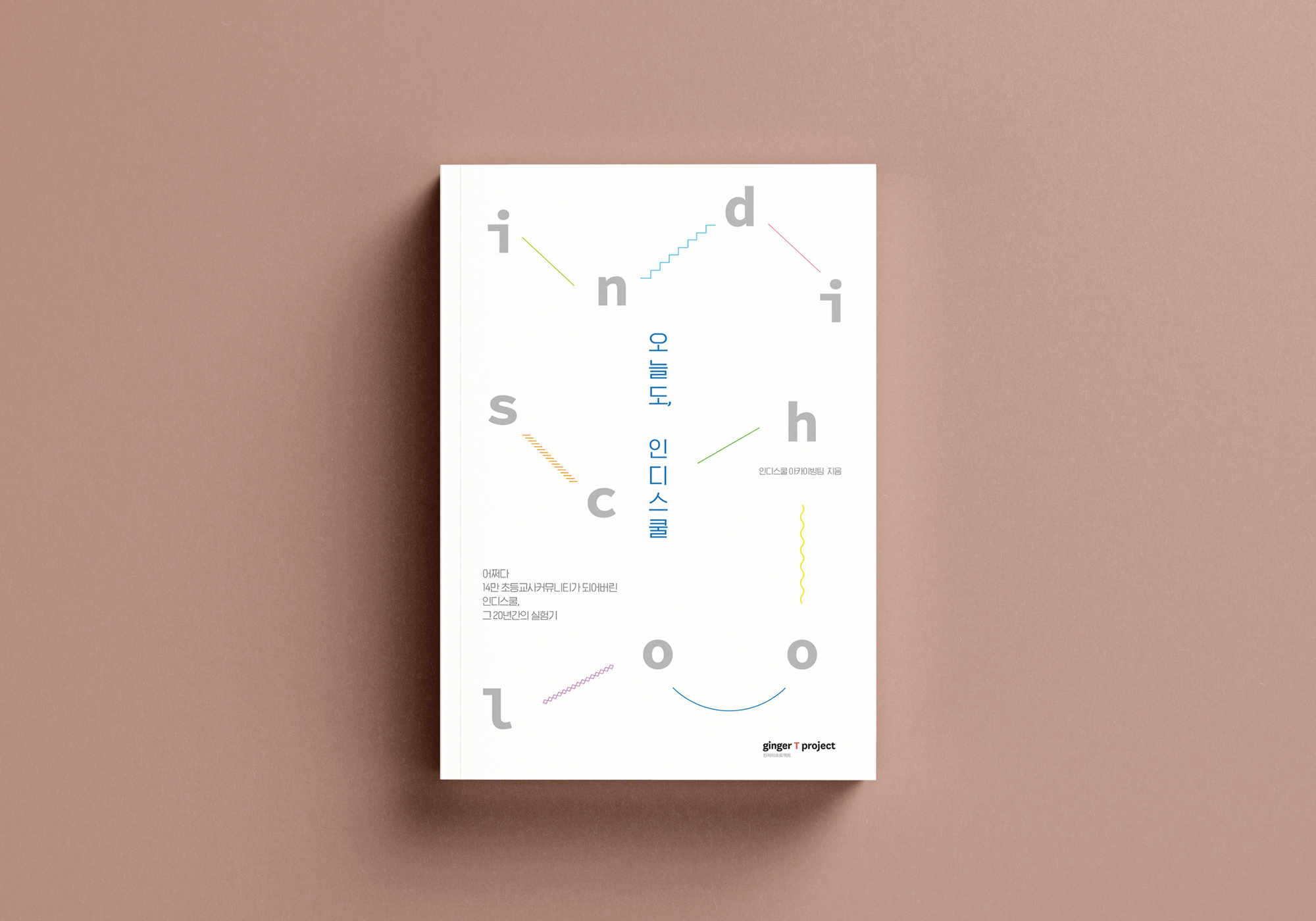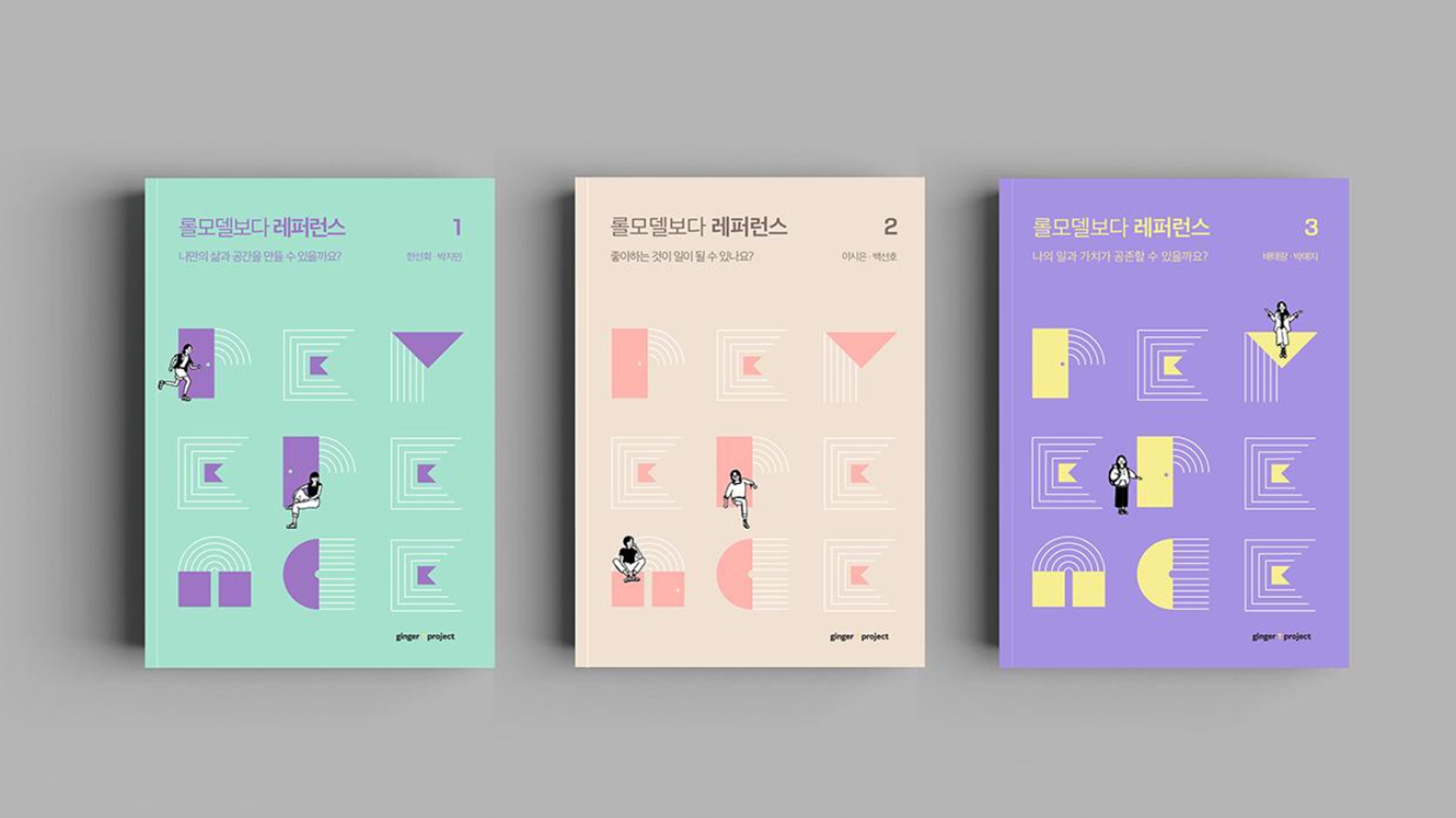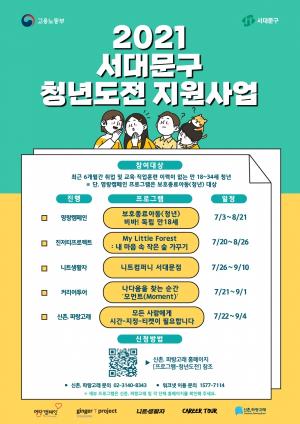개인과 조직의 건강한 변화를 위한 실험실
진저티프로젝트는
변화를 읽고,
지식을 짓고,
네트워크를 디자인합니다.
UPCOMING
PORTFOLIO
PROJECTS
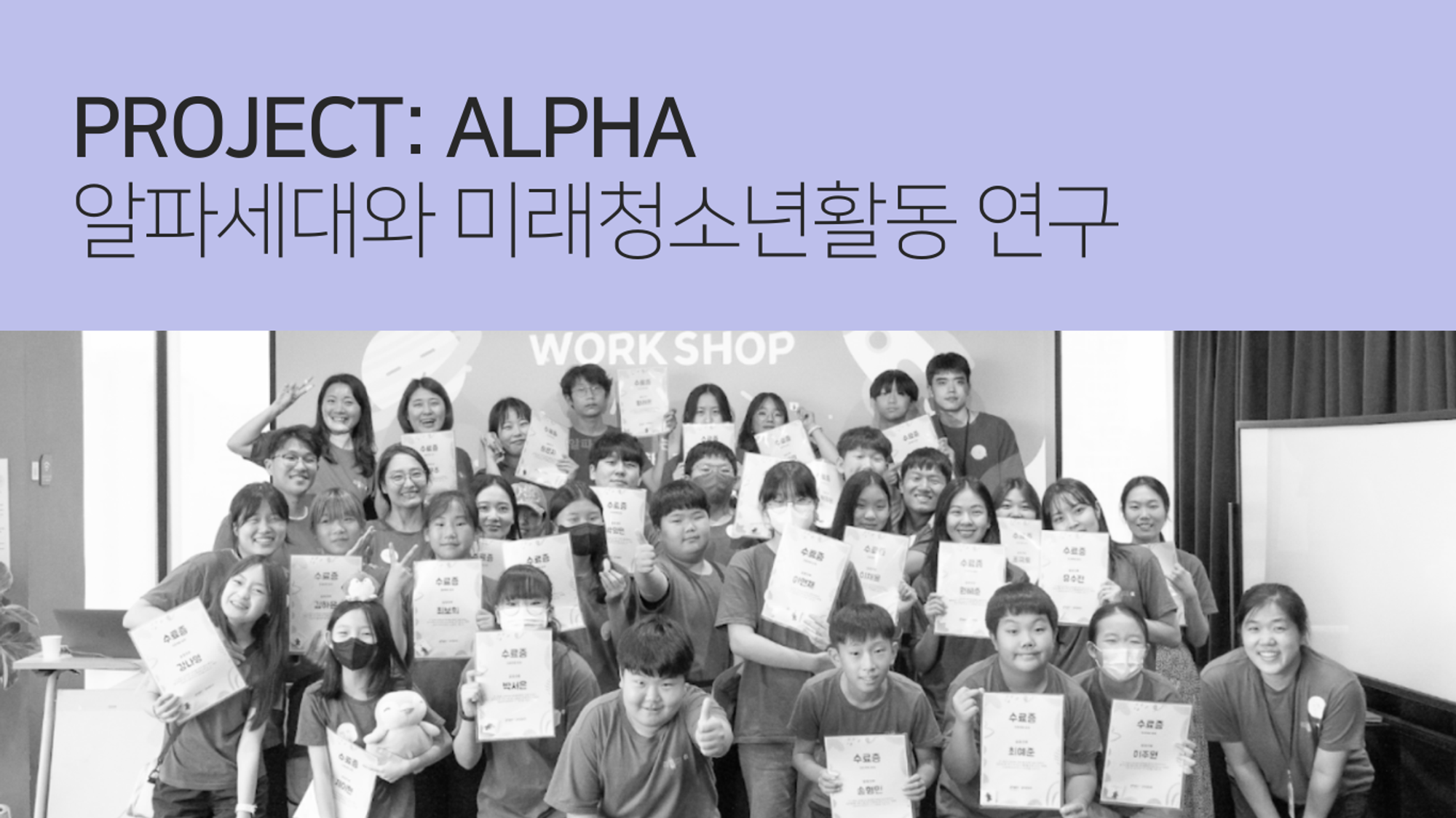
프로젝트를 이끈 핵심 질문
알파세대는 누구인가? 어떤 맥락과 특징, 욕구를 가지고 있는가?
알파세대가 원하는 청소년활동은 어떻게 디자인되어야 하는가?
미래 청소년활동에 대한 시사점은 무엇인가?
프로젝트 요약
•
주요 파트너: 청소년활동진흥원
•
프로젝트 진행기간: 2023년 5월 ~ 2023년 11월 (6개월)
•
프로젝트의 목표: 알파 세대를 이해하고, 알파세대를 위한 미래 청소년 활동에 어떤 것이 필요할 지 찾아본다.
프로젝트 내용
아이패드가 탄생한 2010년을 기점으로 태어난 새로운 세대, 알파세대가 청소년이 되었습니다. 밀레니얼, Z세대와는 다른 성장 맥락을 가지고 있는 알파 세대가 등장함에 따라, 그들은 누구이며, 그들에게 맞는 미래청소년활동은 무엇일지 알아보고자하는 궁금증에서 ‘프로젝트:알파’ 연구가 시작되었습니다.
새로운 세대, 새로운 청소년활동을 찾는 일은 미지의 세계를 향해 떠나는 우주 탐험과 같았습니다. 이 탐험을 위해, 청소년활동진흥원의 주도 아래 알파세대의 목소리를 대변해 줄 청소년 22명, 현장의 목소리를 내어줄 청소년 지도사 10명, 진저티프로젝트가 함께 ‘알파크루’로 모였습니다.
알파크루는 알파세대의 주도하에 탐험을 진행했습니다. 알파세대의 삶을 소개하는 것을 시작으로 청소년 활동 시설을 방문하고, 미래청소년활동을 디자인하며, 그 속에서의 알파세대의 목소리를 중심으로 질문에 대한 답을 찾아갔습니다. 연구의 핵심 질문은 다음과 같습니다.
•
왜 알파세대(새로운 세대)에 주목해야 하는가?
•
알파세대는 누구인가? 어떤 맥락과 특징, 욕구를 가지고 있는가?
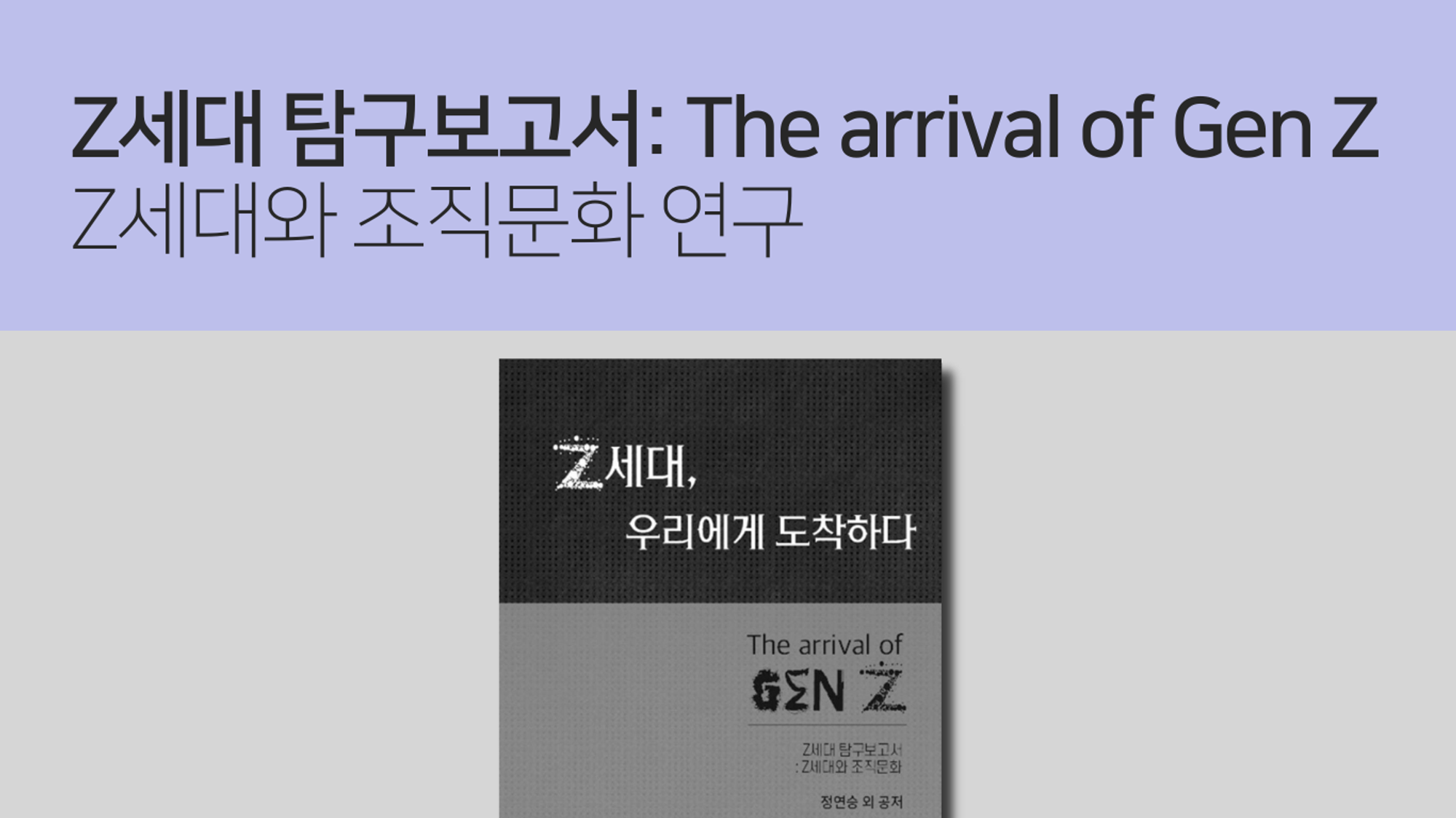
프로젝트를 이끈 핵심 질문
“ Z세대는 누구일까? ”
“ Z세대는 조직에게서 무엇을 원할까? ”
“ Z세대는 물론 모든 세대가 함께 일하기 위해서는 어떤 조직문화가 필요할까? ”
프로젝트 요약
•
주요 파트너: 기독경영연구원
•
프로젝트 진행기간: 2022년 6월 ~ 2023년 1월 (7개월)
•
프로젝트의 목표: 신규구성원으로서 사회에 편입되고 있는 Z세대를 이해하고, Z세대는 물론 모든 세대가 함께 어우러져 함께 일하기 위한 조직문화에는 어떤 것이 필요할 지 찾아본다.
프로젝트 내용
기독경영연구원의 요청을 받아 2022년 6월부터 약 7개월간 약 108명의 Z세대를 직접 만나고 온라인으로 깊은 이야기를 들으며 Z세대에 대한 심층 질적 연구를 진행하였습니다. 연구 과정을 통해 Z세대가 진짜 원하는 것은 무엇인지 필요로 하는 것은 무엇인지에 대한 속마음을 듣고자 했습니다. Z세대 당사자가 연구 대상이 아니라 연구 주체로서 참여하며 연구 실행 과정을 통해 Z세대 연구 대상을 직접 관찰하고 함께 회고하고 계획에 반영하는 참여실행연구 방식으로 진행되었습니다.
또한, Z세대의 직장 선배 세대인 M세대 연구진, X세대 연구진이 함께 연구 공동체를 이룸으로써 다양한 관점에서 Z세대를 해석하고, 다층적으로 이해하고자 하였습니다. Z세대의 부모세대인 X세대 FGI를 통해 Z세대가 자라온 성장 환경에 대하여 분석하였고, 함께 일하는 M세대 FGI를 통해 세대를 뛰어넘어 함께 일하기 위한 현장의 고민을 확인할 수 있었습니다.
Z세대에서 출발한 연구 이지만, 세대를 구분하여 규정짓기 위한 연구 결과가 아닌 서로 다른 세대를 이해하며, 또 세대를 뛰어넘어 함께 일하기 위한 조직문화는 무엇인지에 대해 세대통합적 관점으로 연구 보고서를 작성하였습니다.
프로젝트를 만든 목소리
연구
.png&blockId=d8081cd5-8b80-47f6-bf87-b6e9f4c24099)
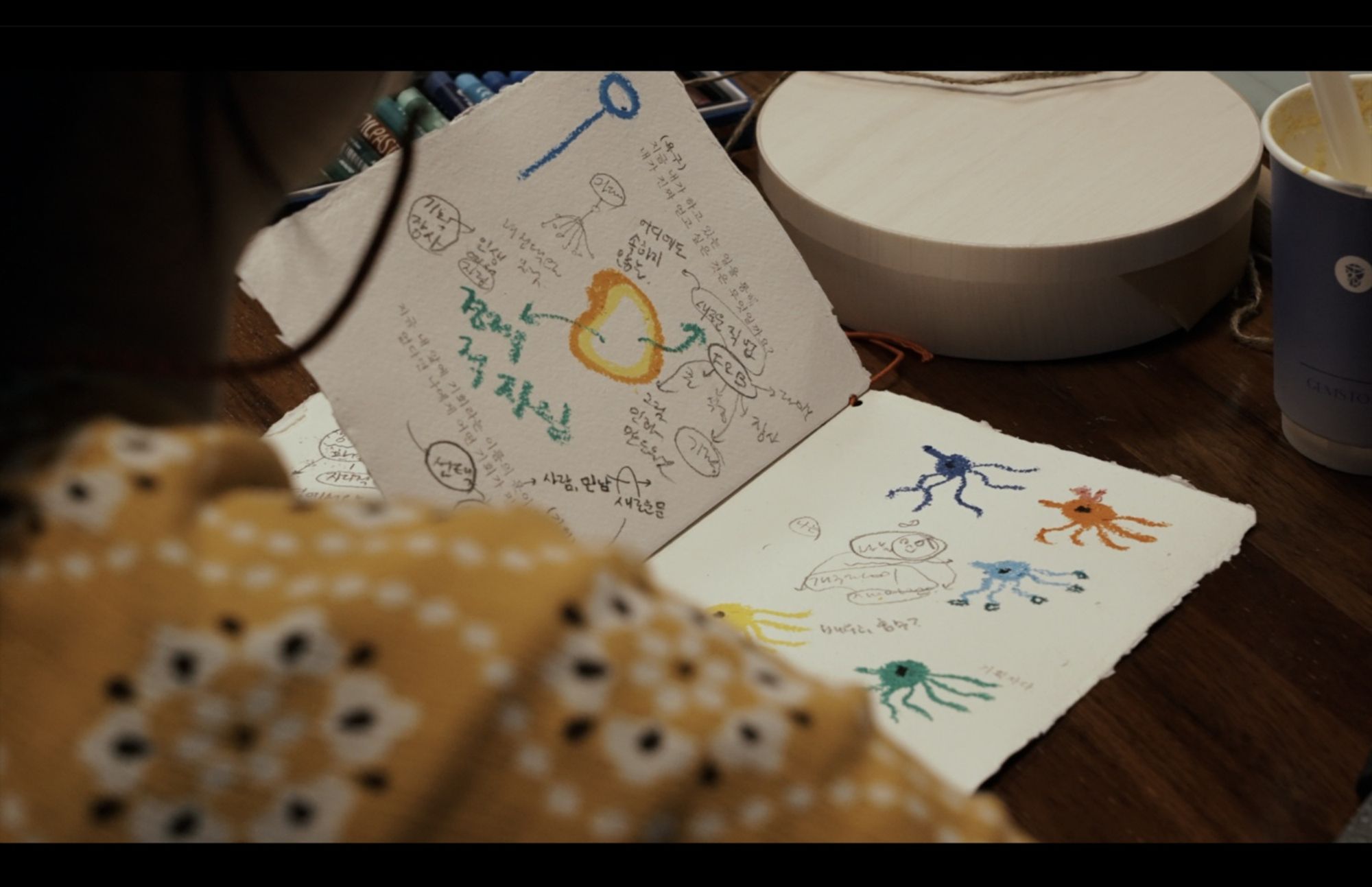
프로젝트 핵심 질문
“문화기획자는 어떤 사람들일까?”
“영도라는 지역에서 문화기획자는 어떻게 성장하고 있을까?”
”더 많은 문화기획자들을 양성하기 위해서 무엇이 필요할까?”
프로젝트 요약
•
주요 파트너: 영도문화도시센터
•
프로젝트 진행기간: 2021년 10월-2022년 6월 (9개월)
•
프로젝트의 목표: 영도문화도시센터는 문화도시 선정 이후, 영도라는 지역을 가꾸어갈 문화기획자들을 양성하는 사업들을 진행했습니다. 양성한 문화기획자들이 성장을 지속하기 위해서 무엇이 필요한지에 대해 알아보기 위해 진저티프로젝트는 ‘문화기획자의 성장’이라는 주제로 연구를 진행했습니다.
프로젝트 내용
문화기획자의 성장 단계를 설명하기 위해 ‘점선면’이라는 도형의 기본 요소를 활용하였습니다. 문화라는 폭이 넓고 무한한 가능성을 가지고 있는 분야에서 성장하고 있는 사람의 모습은 선형적이지 않고 유연하게 확장하는 형태라고 생각했기 때문입니다. 문화기획자로서 성장하는 첫번째 단계는 ‘점’으로 시작합니다. 그 다음은 점과 점을 잇듯, 사람과 사람을 이으며 일하는 방식으로 자신의 범위를 확장하며 성장하는 ‘선’단계가 됩니다. 선과 선을 이어 면이 되면, 면은 하나의 요소이기도 한 동시에 또 다른 요소들을 담을 수 있는 하나의 장(場)이 됩니다. 문화기획자 성장의 마지막인 ‘면’단계는 본인이 문화기획자인 동시에 하나의 판으로서 점, 선 단계의 문화기획자들을 담고, 창출하고, 양성하는 하나의 플랫폼이 됩니다.
본 연구로 만들어진 연구 결과와 결과물을 활용해 점단계 영도의 문화기획자들과 함께 다음 성장을 상상하고, 현재까지의 과정을 회고하는 <점점 워크숍>을 진행했습니다. 부산/울산/경남의 문화기획자들이 모인 <부울경 문화기획자 넥스트 스테이지> 프로그램에서 문화기획자로서 연결되고 대화하는 <선선 워크숍>을 진행했습니다.
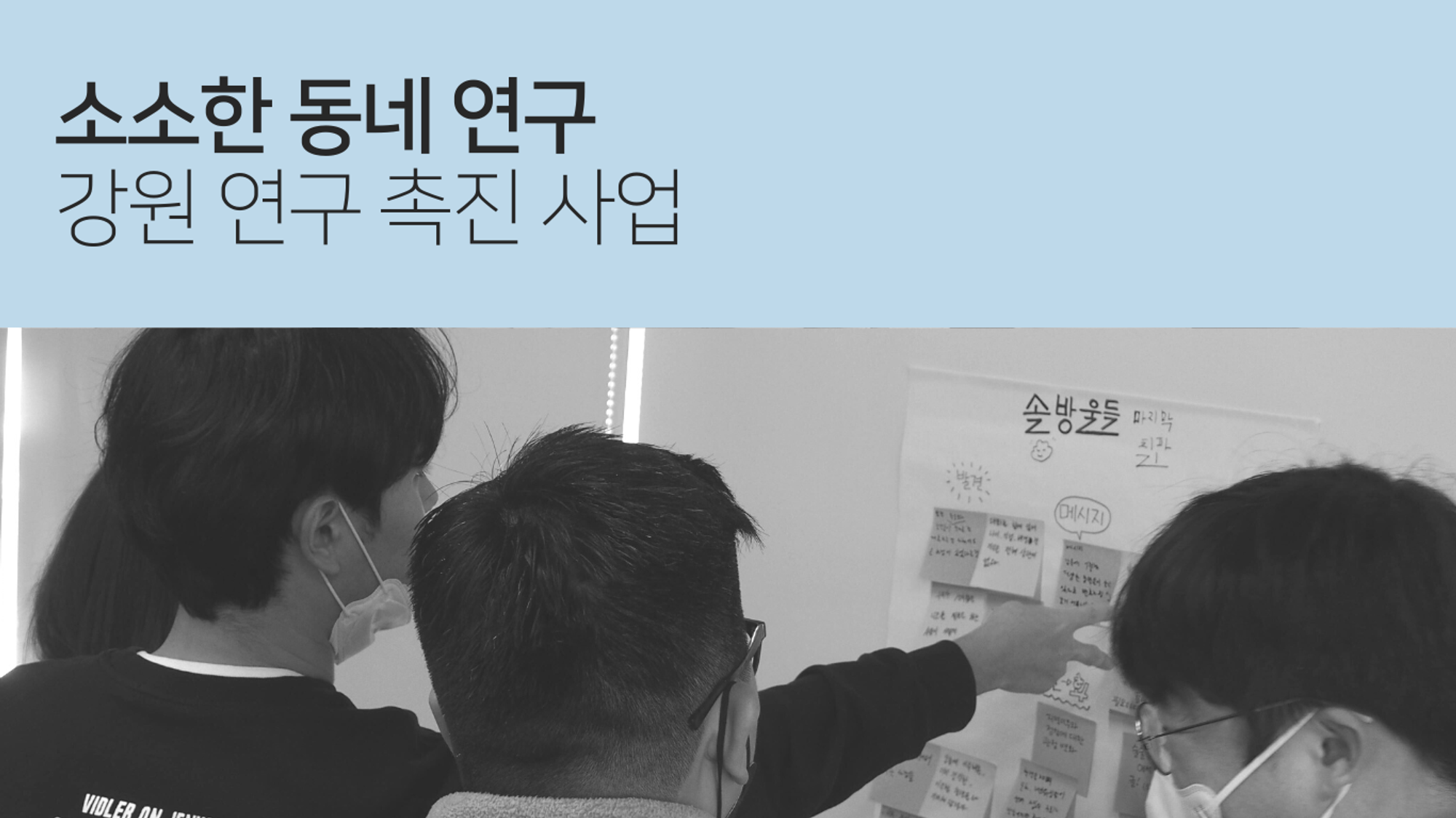
프로젝트를 이끈 핵심 질문
“연구란 무엇일까?”
“연구자가 된다는 것은 무엇인가?”
프로젝트 요약
•
주요 파트너: 춘천사회혁신센터
•
프로젝트 진행기간: 2022년 10월-12월 (3개월)
•
프로젝트의 목표: 시민들이 각자 삶에서 관심있는 주제를 연구할 수 있도록 쉽고 명확하게 연구를 알려주기
프로젝트 내용
춘천사회혁신센터와 함께한 ‘2022 소소한 동네연구’는 강원 지역 전체를 대상으로 시민연구자를 모집하여, 전문 연구자가 아닌 시민들이 자신의 일상에서 발견한 주제들을 가지고 직접 연구를 진행해 보는 프로젝트입니다.
진저티프로젝트는 멘토의 역할로 프로젝트에 참여하여, 시민연구자 선발을 비롯해 세 차례의 워크숍, 두 차례의 개별 멘토링 등 참여자 분들이 연구를 배우고, 실행하고, 보고서를 만드는 과정까지 함께 했습니다.
춘천부터 강릉, 태백, 동해 등 다양한 지역에서 온 참여자들인 만큼 관심있는 주제 또한 다양하였습니다. 연구에 몰입할 수 있는 환경도 모두 달랐고, 아예 연구를 처음 접한 사람부터 대학원 등의 경험으로 관련한 경험이 있는 참여자까지 있었기 때문에, 매번 시민연구자들을 만날 준비를 하면서 어떤 지식이 모두에게 도움이 될지, 각 팀 별로는 어떻게 이야기를 나눠야 할 지 고민하며 프로젝트를 진행했습니다.
특히 이번 멘토링에서 진저티프로젝트가 가장 중요하게 생각한 것은 연구자라는 ‘정체성’이었습니다. 연구가 낯설어서, 잘 하지 못할 것 같아서가 아니라 내 삶을 더 깊게 들여다보고 새로운 지식과 변화를 만들기 위해 모인 시민연구자분들은 이미 충분히 연구자의 자격이 있다는 사실을 강조했습니다. 그리고 조금은 더디더라도, 내가 하고 있는 이 연구가 나와 나를 둘러싼 사람들의 삶에 어떤 의미가 있을지 계속 생각하며 함께 배워나갔습니다.
교육
.png&blockId=0c7e2caf-f795-4351-8279-2d58ec19b017)
프로젝트를 이끈 핵심 질문
“새로운 조직들에게 진짜 필요한 것은 무엇일까?”
“조직 안에서 진짜 변화가 이루어지려면, 조직 내에 좋은 대화의 경험이 쌓여야 한다.”
프로젝트 요약
•
주요 파트너: 전주사회혁신센터
•
프로젝트 진행기간: 2022년 4월-11월 (8개월)
•
프로젝트의 목표: 새로운 조직들에게 맞는 경험 설계를 통한 조직 내 대화 촉진
프로젝트 내용
•
1회차 : 나와 우리가 함께 일하기 위한 강점 워크숍
•
2회차 : 우리 조직의 대화를 만들어가는 대화 워크숍
Load more
BOOKS
PRESS
GINGER T PROJECT
SNS
주식회사 진저티프로젝트
gingerTproject
주소. 서울특별시 성동구 왕십리로 115, 헤이그라운드 서울숲점 G410호


.png&blockId=16da9ada-5da8-4ff6-8671-00494fd2e127&width=3600)

